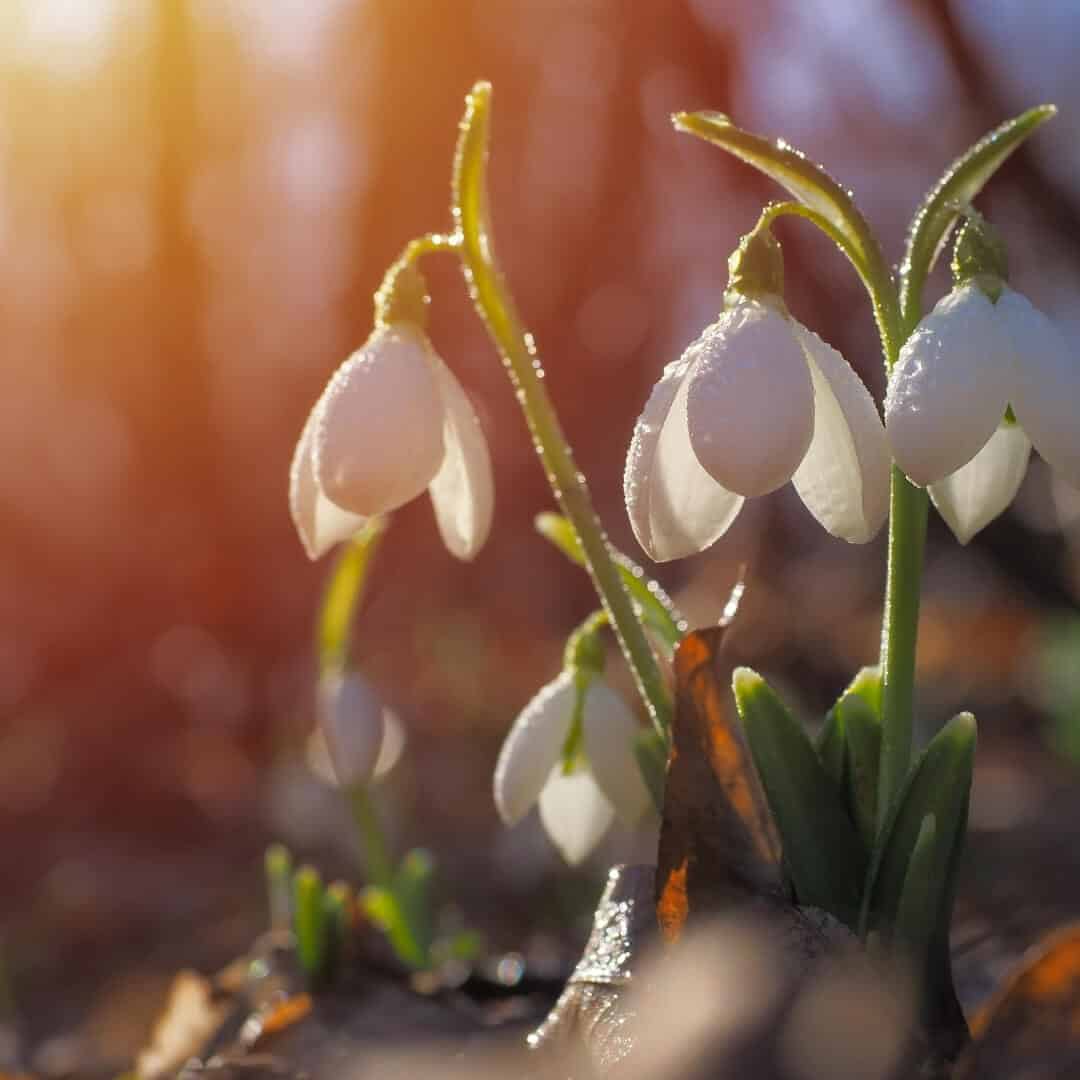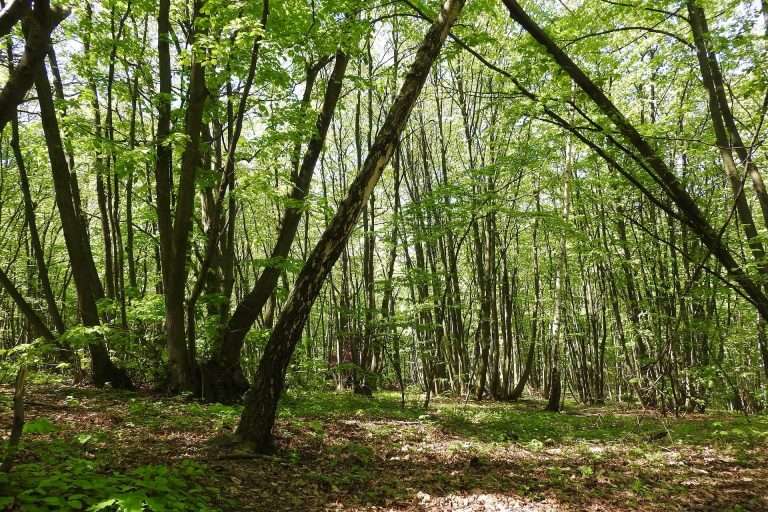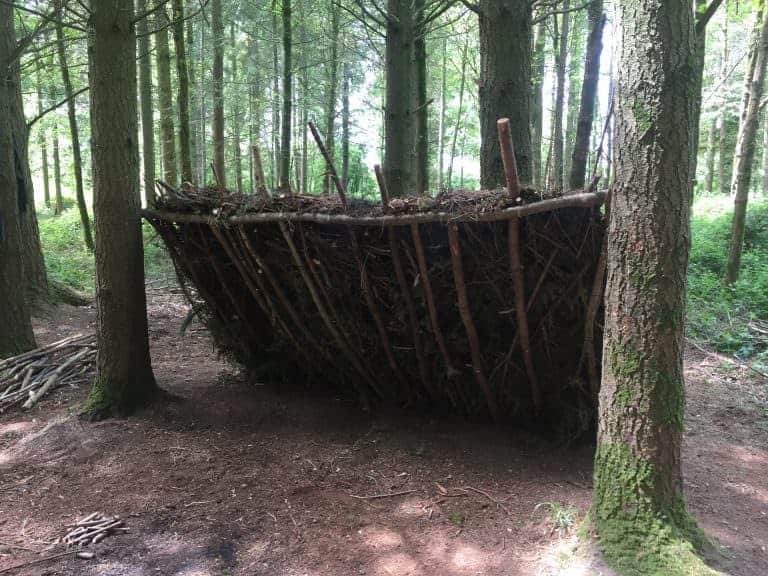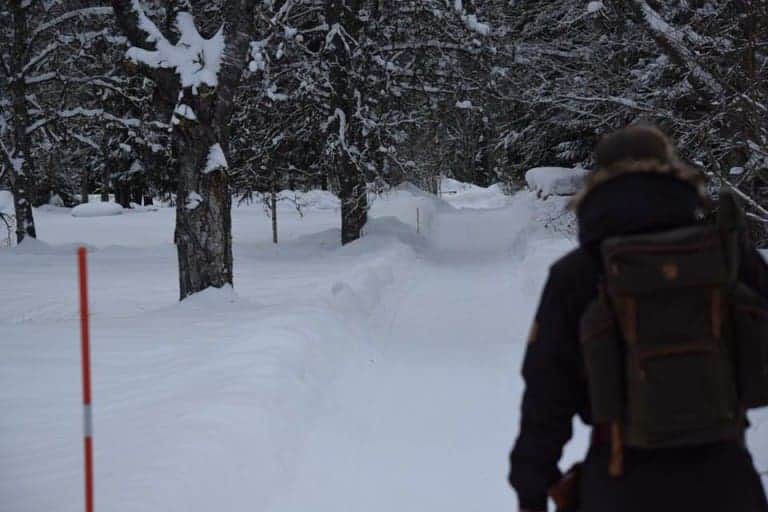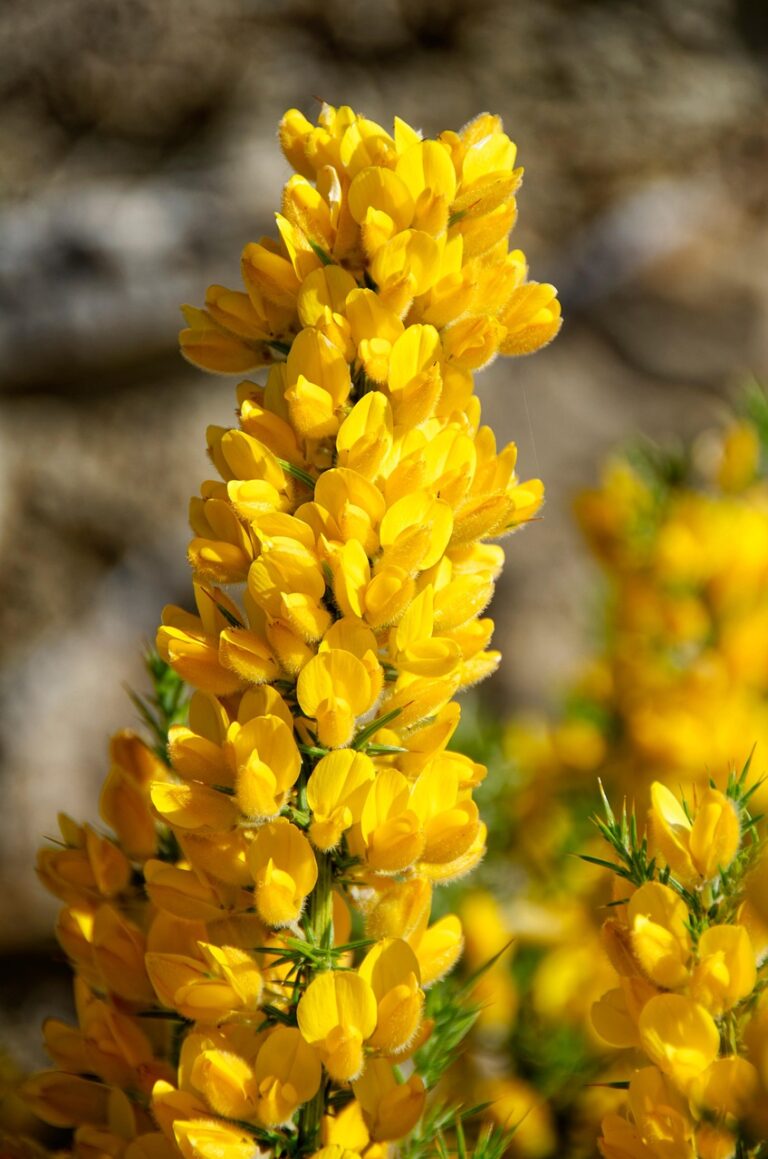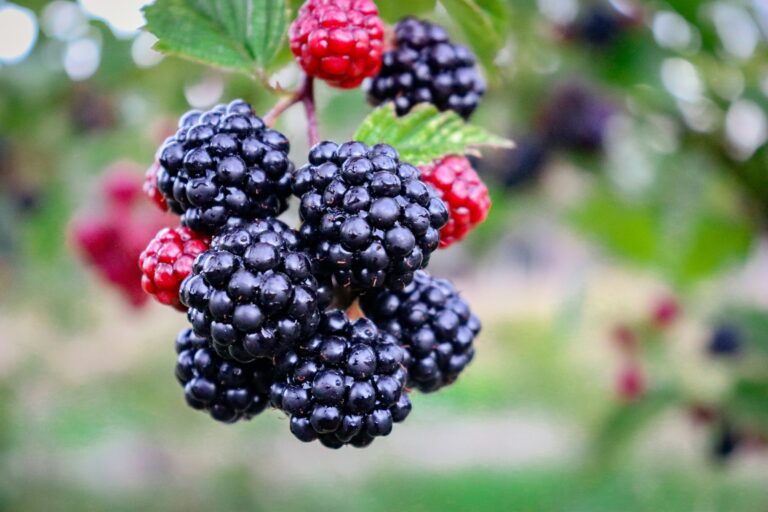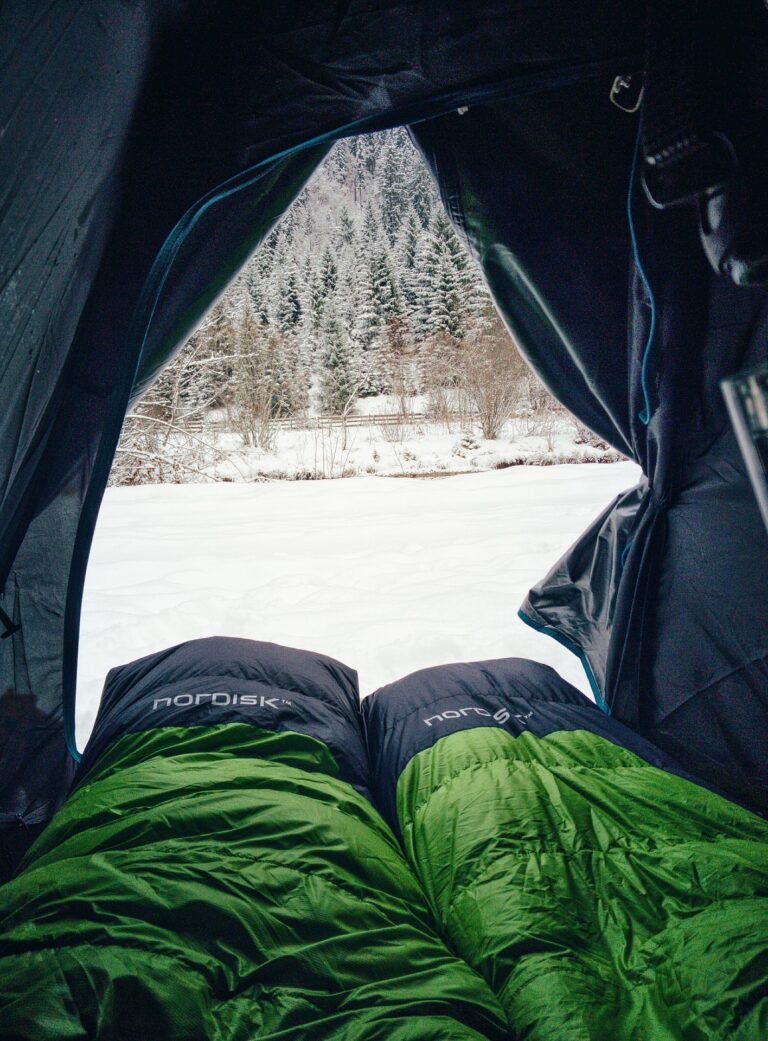Signs of Spring
Signs of Spring
We are all looking forward to spring more than ever before. Having had another lockdown, but this time through the darkest bleakest part of the year, the thought of longer warmer days and nature bursting into life is more appealing than ever. The sights and sounds of the natural world starting to wake up will give us a feeling of new hope for the year ahead. But what are the signs of spring?
As winter turns to spring many of the birds who have migrated here for our colder months head back to their summer homes. This also means that many birds who migrated away return for the summer months. One of the first birds to return to our shores is the Chiff Chaff, they usually arrive in March with the swallows, house martins and cuckoos following in April. The birds start to return to their British nesting sites ready to breed as the days lengthen once again. You’ll know they are home as you’ll often hear them before you see them. 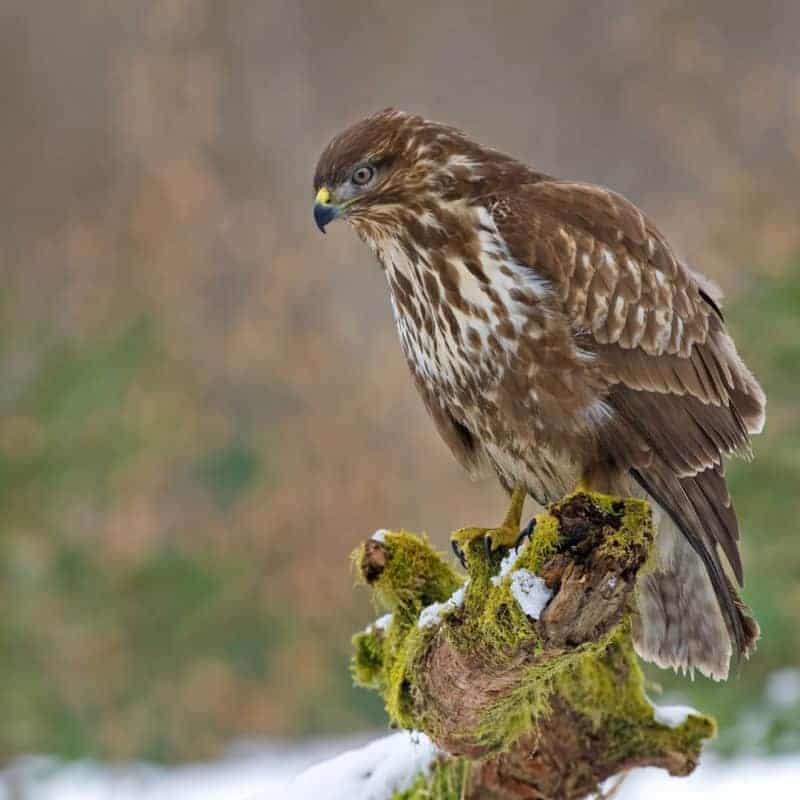
If you are lucky enough to have an outside space to escape to, head out at dawn and as the winter turns to spring you’ll notice that the bird song increases as more birds return home but also as they start to shout the loudest to attract a mate and defend their territory. The birds will become more physically active too. A great example of this is the buzzard that we are lucky enough to have in our woods, usually seen just casually gliding or perching, once the longer days start to arrive he starts to show off his skydiving skills to attract a mate, he’s a very impressive show off!
As you look down to the woodland floor, the small green shoots are starting to burst up through the leaf litter showing bright vibrant greens as the early flowers start to emerge. Many herbaceous plants rush to flower before the leaf cover of the canopy blocks out the light once the tree’s leaf growth emerges.
Snowdrops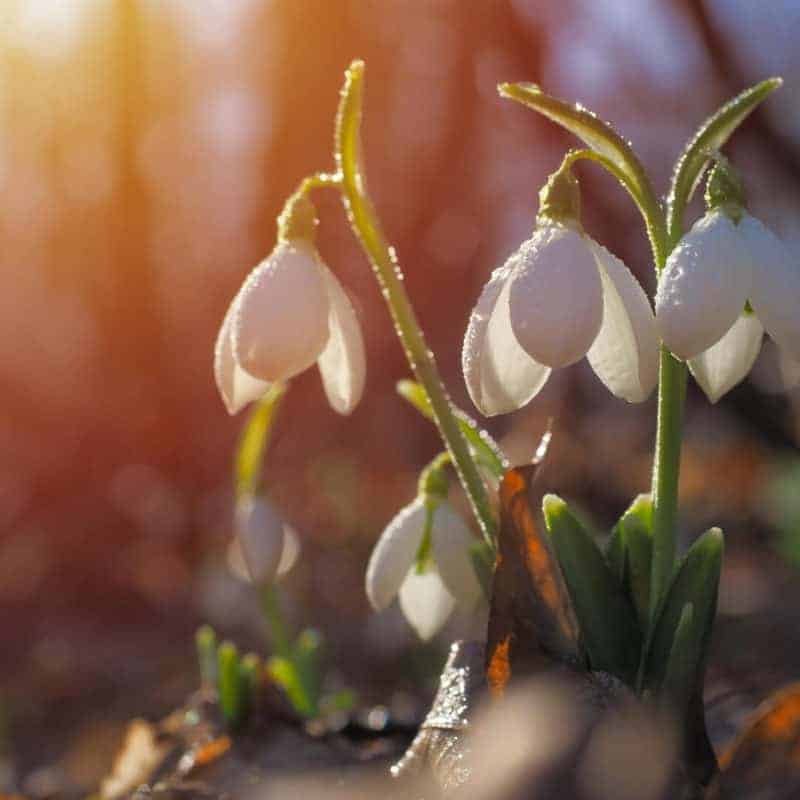 are often first to be seen in January to February. Their botanical name, galanthus nivalis, translates as ‘milk flower of the snow’ both because of the white carpet of flowers it produces, but also as the plant commonly gets covered in snow after blooming because of its early appearance.
are often first to be seen in January to February. Their botanical name, galanthus nivalis, translates as ‘milk flower of the snow’ both because of the white carpet of flowers it produces, but also as the plant commonly gets covered in snow after blooming because of its early appearance.
Lesser Celendine, crocuses and primroses are also early flowers bringing colour to the woodland and food for insects starting to venture out as the days get longer. We are seeing the early shoots of the bluebells bursting back into life here but these won’t be blooming until May, though when they do, the bees go crazy for them.
As well as signs of spring on the woodland floor the trees are not to be outdone with buds starting to open to make the most of the increasing daylight hours and milder temperatures. Some trees develop their new leaves before flowering while others flower first to attract in the early insects and pollinators before putting their energy into new leaf growth. The hazel, birch and alder catkins are all visible at this time before the leaf cover becomes dense. 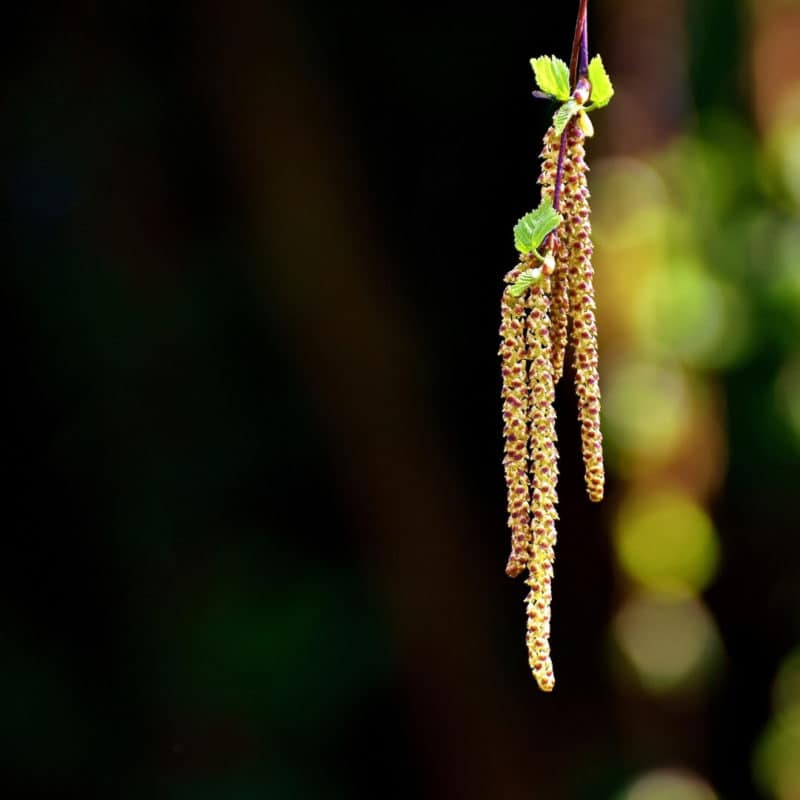
As the vegetation bursts into life so do the insects. With the milder weather you may get early sightings of brimstone, peacocks, commas and red admiral butterflies as they come out of winter having hibernated as adults. Orange tips and holly blues are true signs of spring, they winter as chrysalises emerging as the weather warms and days lengthen. These are often found near woodland and mature gardens as they use holly and ivy as larvae host plants.
The first bumblebees are a great sign of spring and can usually be seen from March. These are the queens who have survived winter and are in search of early flowers for food and suitable nesting sites. Once the queen has found a suitable place she then lays her first clutch of eggs which become the first batch of female worker bees. The larvae are fed by the queen, so through spring she’ll be seen busily collecting pollen from the spring flowers so she can feed her increasing army of workers. These young emerge as adults in the summer months. To support our vulnerable bees why not plant a variety of flowers that bloom throughout the year? That’s one of jobs here in the woods to ensure the local bees have a variety of food sources……as long as the deer don’t eat them first.
With the increasing numbers of active insects sparks increased activity of mammals that feed on them. Another sign of spring is the sight of bats at dusk. After a winter of hibernation the bats come out on the milder evenings to enjoy the spring feast. They have used up their fat reserves through winter so look to replenish and nourish themselves, especially the pregnant females who mated in Autumn.
We also have badgers here in the woods, though they don’t hibernate through winter their activity is greatly reduced in an attempt to conserve energy and escape the winter weather.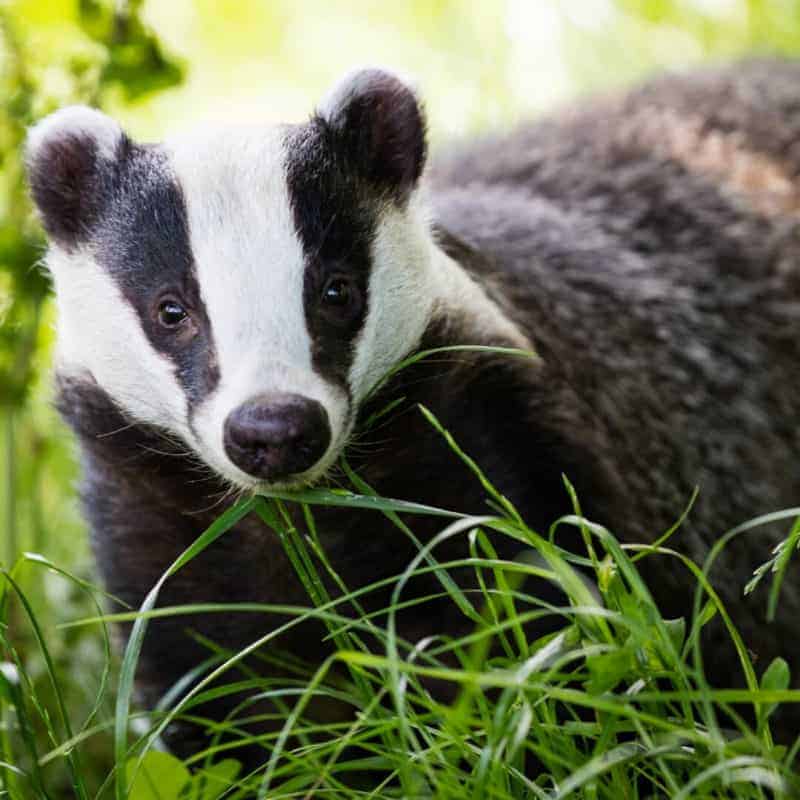 As spring arrives they start to venture out as their main food source, the earthworm, comes to the surface as soil temperatures increase.
As spring arrives they start to venture out as their main food source, the earthworm, comes to the surface as soil temperatures increase.
Badger cubs are typically born in February so there will be more activity around the sett as there are more hungry mouths to feed.
In ponds and ditches a classic sign of spring is the distinctive clusters of frog spawn appearing from January onwards as the temperatures become milder. Females lay their eggs in well vegetated ponds and ditches then as the eggs swell they float to the surface. She lays thousands of eggs, each one is a tiny tadpole embryo surrounded by a protective jellylike layer, but only 40-50% make it to adulthood, most succumb to predation.
So whether you are out on a walk, heading for new adventures or practicing your bushcraft skills, take time to look around you. Spring is well and truly on its way, enjoy it, immerse yourself in it and let it recharge you to get you through these tricky times.

